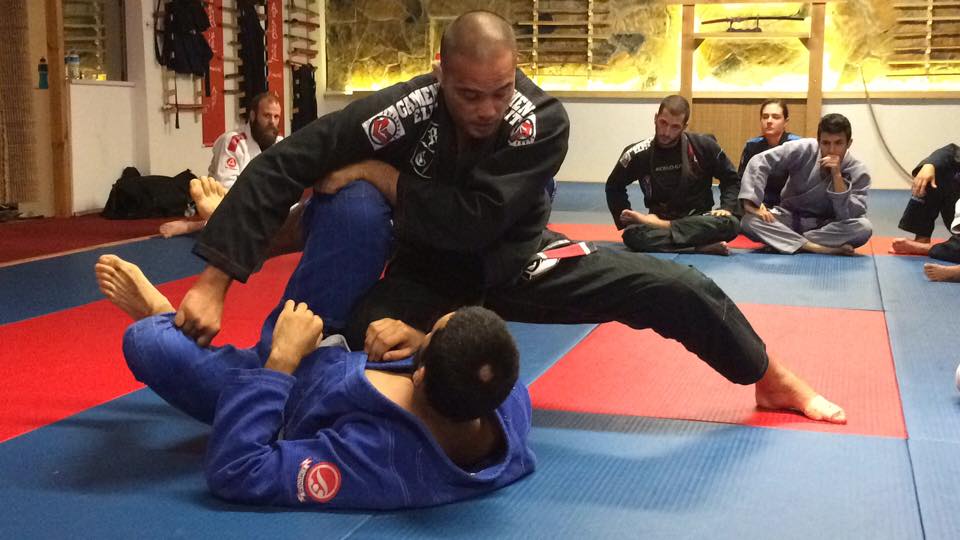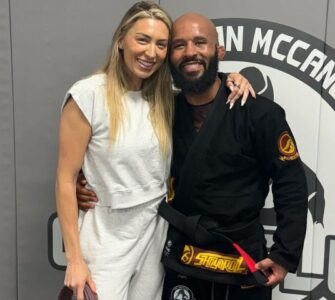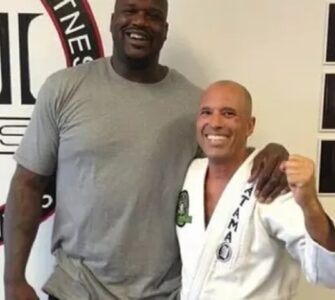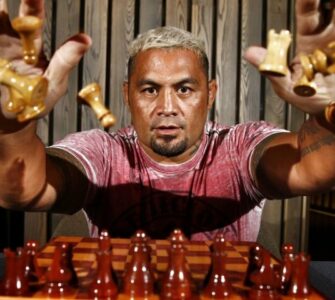Written by Gile Huni., a 3rd degree BJJ black belt and head instructor at Kimura BJJ Serbia
I’d like to offer some advice on becoming a proficient Jiu-Jitsu practitioner in a relaxed and stress-free manner. When we begin Jiu-Jitsu, especially at a younger age, we often set high expectations for ourselves. My personal goal is to reach my peak potential, striving to be an exceptional yet modest BJJ enthusiast.
How can you achieve this level of proficiency?
1.Consistent, Incremental Progress throughout the years
Embrace the philosophy of continuous, small-scale improvements, akin to the tale of the tortoise and the hare. Brazilian Jiu-Jitsu is not a sprint but a marathon. Many give up along the way, but if you consistently train, say twice a week, over ten years, that accumulates to 1,040 Jiu-Jitsu sessions! This approach of steady, regular training is more beneficial than sporadic bursts of intensity. Include strength training, ideally one or two sessions weekly, to stay active and prevent injuries.
Consistency is Key: It’s the daily, regular practice that hones skill to excellence.
2.Instead of becoming mediocre in many moves, focus on becoming an expert in a few of them
In Jiu-Jitsu, perfecting a few offensive techniques is far more valuable than trying to master a multitude. The moves you focus on and refine over time through consistent practice, experimentation, and learning from mistakes will become your signature as a Jiu-Jitsu practitioner. It’s important to realize that your skill level in these chosen techniques will shape your identity in the sport more than the quantity of moves you know. The key to success in Jiu-Jitsu lies in excelling at a select few moves rather than having a superficial grasp of many. Ultimately, it’s the quality and mastery of your chosen techniques that will set you apart and define your prowess as a Jiu-Jitsu athlete.
3.Breathing improves your Jiu-Jitsu
If you have ever rolled with a BJJ master or advanced practitioner, what is something that distinguishes them from beginners in BJJ? It’s not just superior technique. It’s the way they breath.
In Jiu-Jitsu, observing opponents, you’ll often see controlled, rhythmic breathing patterns. Some inhale deeply through the nose, then exhale forcefully. Their breathing signals their energy level – when they start huffing, they’re tiring, a chance for you to seize the moment.
Many breathe incorrectly, using only their lungs. While there’s no one right way to breathe in Jiu-Jitsu, optimal breathing engages the diaphragm, expanding the abdomen, not just the chest. This method, diaphragmatic breathing, maximizes oxygen intake, beneficial for various conditions like anxiety and hyperventilation.
Diaphragmatic breathing fills lungs more efficiently, up to 50% more than chest breathing. The Gracies, notably Rickson, employ percussive breathing in Jiu-Jitsu: a normal inhale followed by rhythmic, short exhales (shh, shh, shh). This technique, a long-guarded Gracie secret, boosts diaphragmatic contractions, enhancing performance.
4.Mastery of Fundamentals is Crucial
Roger Gracie famously said that the basics are the first thing we learn and the last things we master in Jiu-Jitsu. Instead of overwhelming yourself with numerous complex techniques, focus on mastering a handful of fundamental moves. Most seasoned practitioners excel in about five submissions and develop systems to seamlessly transition between them. Simplify your approach to learning; know that mastering a few techniques is more effective than knowing many.
5.Train Intelligently
Train with specific goals. Set a quota or objective for each training session, like aiming to pass the guard a certain number of times or working on guard retention. This targeted approach leads to significant improvement.
Avoid going full throttle in every roll. Consistently using 100% effort can build a demanding game, difficult to sustain as you age or if your fitness level changes. Instead, develop a posture-focused style, utilizing leverage over brute strength and favoring slower, more controlled movements. This approach leads to winning with lesser energy exertion over time.
Embrace the learning process by accepting that you will be submitted and lose sparring rounds. Tapping out early and frequently is part of learning, not a sign of failure. Remember, training is about learning, not fighting; constantly fighting can hinder your progress and exploration of new techniques.
6.Don’t always roll at 70%. Roll at 50% then explode to 100%
A right timed explosive burst in a fight can sometimes make a big difference between winning or losing. Almost anybody can be explosive. It really doesn’t take amazing athleticism. You just need to understand and apply a few key concepts to your Jiu-Jitsu game.
A few years ago, I was sparring in class with my team mate when my instructor stopped me in the middle of the roll. He said, that he had been observing me and that he noticed something that I was doing wrong. He said that I was sparring at the same intensity the whole time, and that it made me predictable for my opponent. I was confused and asked him to tell me more. He said: “If you look at a scale from 1% to 100% where 1% is staying still and not moving, and 100% is a huge burst of explosive energy, then what you are doing is sparring constantly at 80%.” “You need to be fighting at 50% and explode at 100% when you want to pass guard, take the back, place a submission, go for a sweep, go for a throw, then you return to 50%”.
He was absolutely right. When you watch a lion attacking an antelope, or a crocodile attacking a wildebeest, you will notice that they move very slowly and patiently, then wait for the exact moment when their victim doesn’t concentrate and attack in a explosive fury. Once they secured the position, they go back to their slow controlled pace and recuperate from the outburst of energy.
So I tried it in training and in competition, and I felt immediately a 30% improvement in my Jiu-Jitsu. I was spending so much energy before constantly sparring at 80% when I could be actively resting at 50% and explode for a short bit at 100% then going back to actively resting at 50%. Off course BJJ is not only about being explosive, you need timing, perfect technique and have to set up some moves, but it is always a great advantage to use explosiveness to go for the kill in the same way the great predators do it!
The most important
Overall, enjoy the journey, keep an open mind to learning, and never stop exploring new aspects of the sport. These insights are from my own experience, and I hope they aid you in your training journey.



















